Full clinical Practice Guidelines
We are dedicated to advancing the treatment approach for UHL, so every child has the best chance to succeed in life. For this reason, we have developed a number of dedicated solutions, proven to improve kids’ access to speech, even in challenging environments, for all ages and all hearing losses.
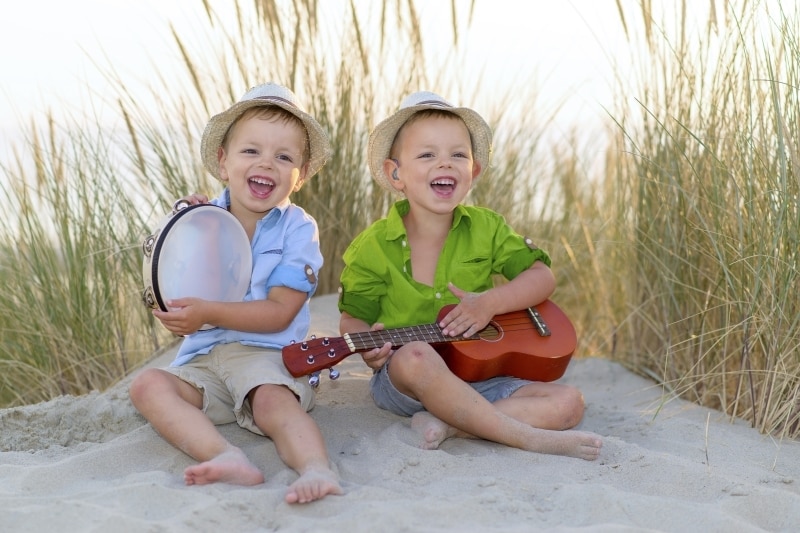
It is estimated that up to 6.3%1, or 4.4 million children2, in the United States are living with UHL.
Hearing well in a multitude of situations can be particularly challenging for kids with UHL. Having solutions which allow them to fully participate and keep up with their active lives is important to their overal sense of well-being in and outside the classroom.
Untreated UHL may result in language delays and academic difficulties, but may also cause a child to suffer from fatigue, feel withdrawn or leave them susceptible to a greater risk of social and emotional difficulties.
Research indicates:
These effects are signficant for the 1 in 1000 newborns identified with UHL5 and the 3 in 100 children who have UHL once they are school-aged.6

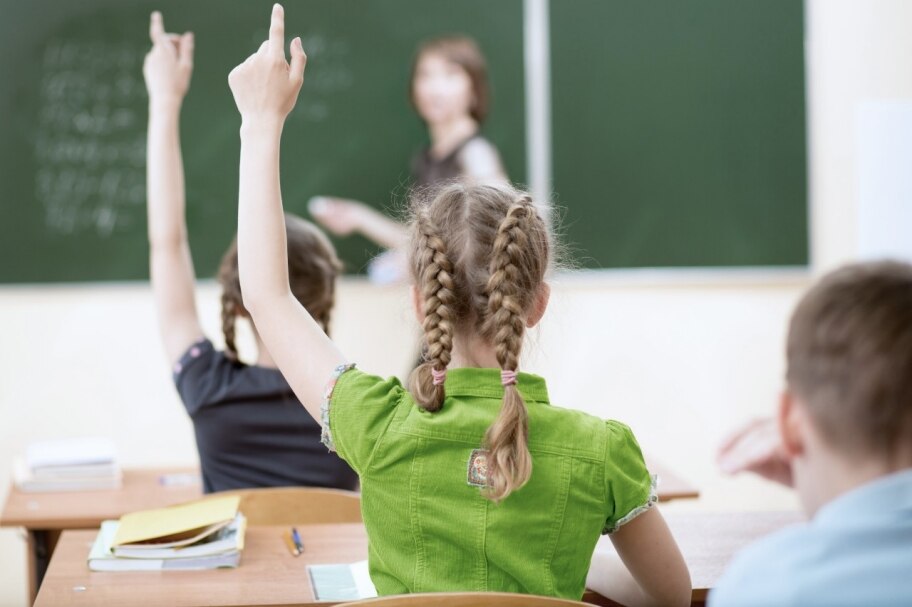
As there are many considerations in choosing the right hearing technology or multiple technologies for any child with UHL as they grow, Phonak offers a comprehensive and ease-to-use portfolio of hearing solutions.
In an effort to advance the treatment approach for UHL, Phonak brought together an international panel of experts to discuss best practices. They made the following recommendations for children with UHL:
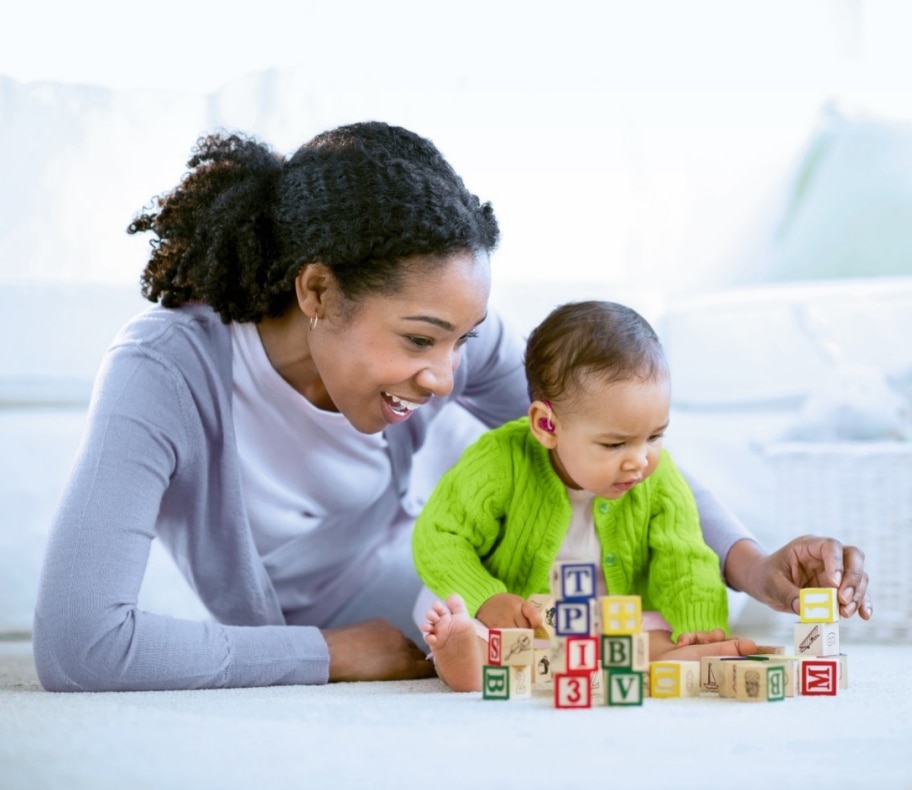
Having played with professional musicians since the age of 12, Cole was a thriving teenage musician with his own band, the Cole Morson Band. But in 2018, his whole life changed when an ear infection caused deafness in his right ear. After months of testing showed his hearing loss would not improve, Cole decided to find a solution so he could return to his love of music.
Bonus video https://youtu.be/pBHCK0a3w1Y

Bagatto, M. et al., 2018

Smith, C. and Drexler, J., 2018

Rance, G., 2018


Janet Des Georges, Jane Woodward





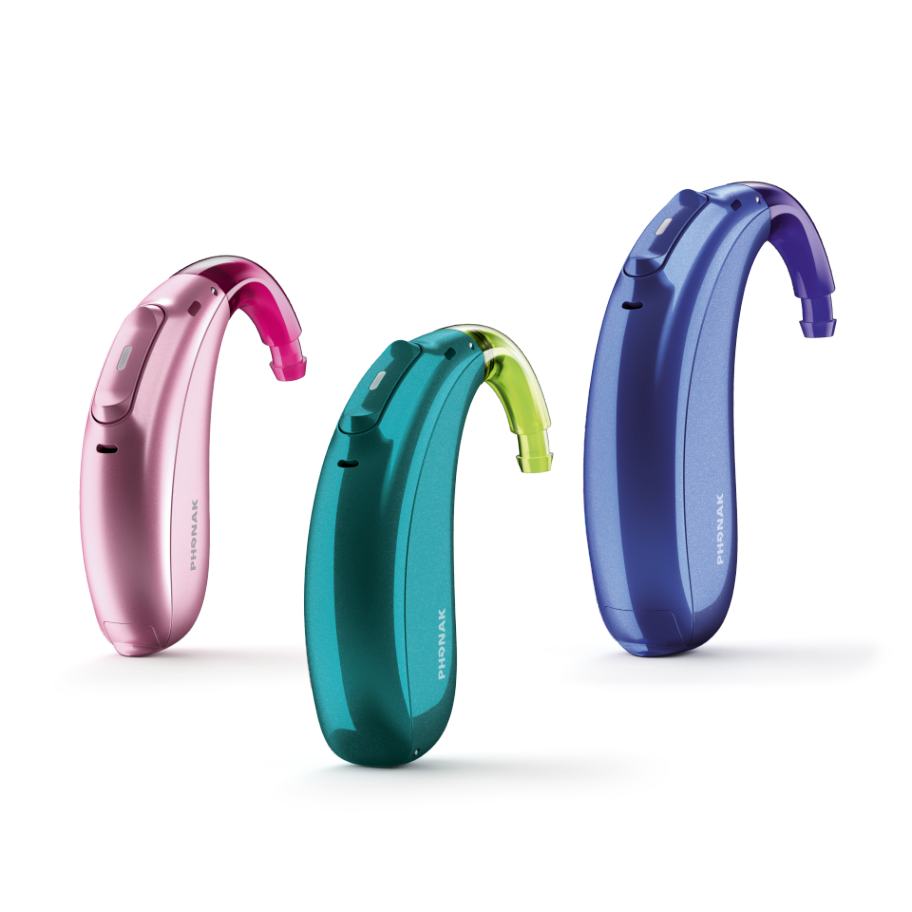
The hearing aid family for mild to profound hearing loss, specifically optimized for kids and teens.
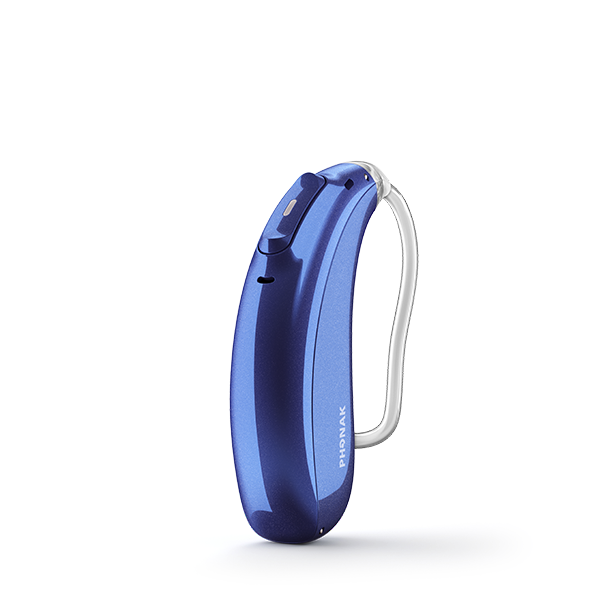
A discreet behind-the-ear receiver for children with normal hearing, attention or auditory processing issues, brings speech directly into a child’s ear for better understanding.
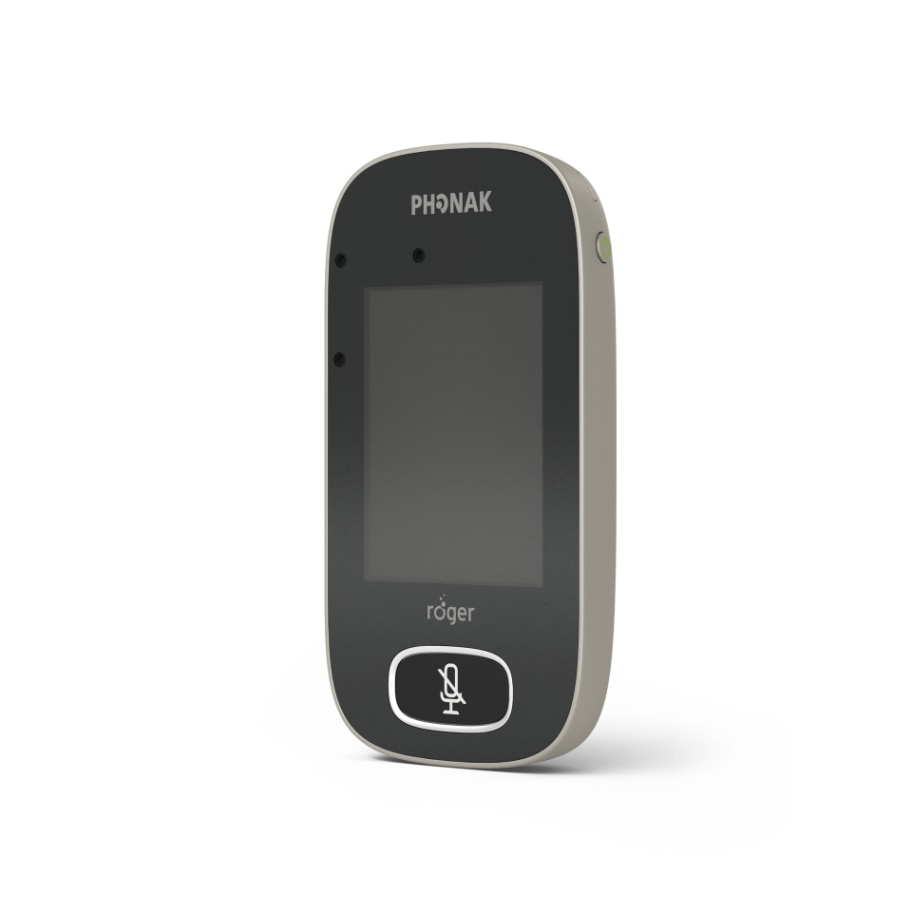
This exciting and easy to use wireless teacher microphone is the core component of the Roger for Education portfolio and gives students and teachers alike the opportunity...
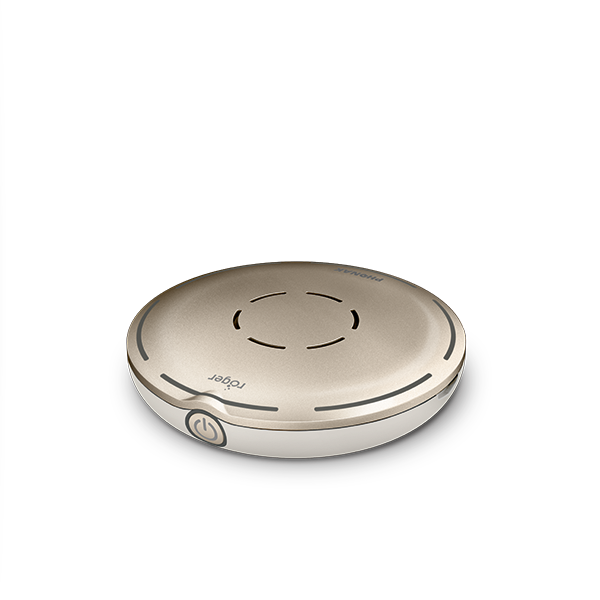
This microphone uses the MultiBeam Technology and gives teens discrete control in large, noisy conversations.
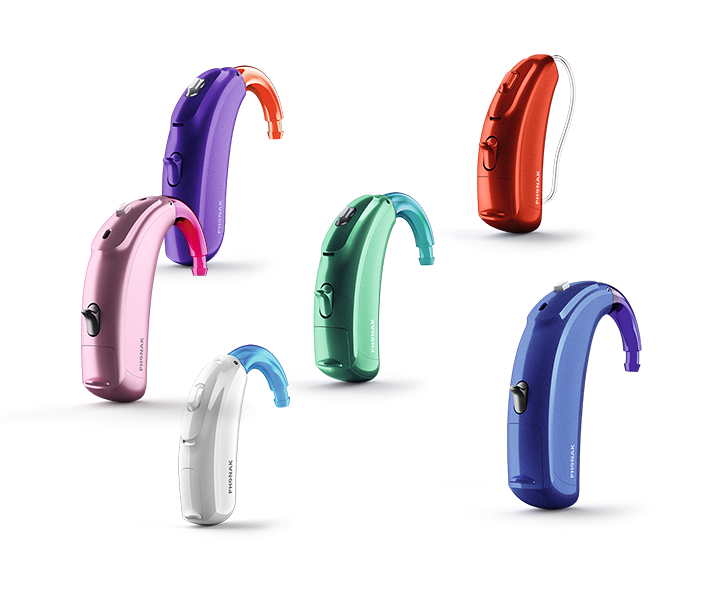
The hearing aid family for use with Phonak CROS B
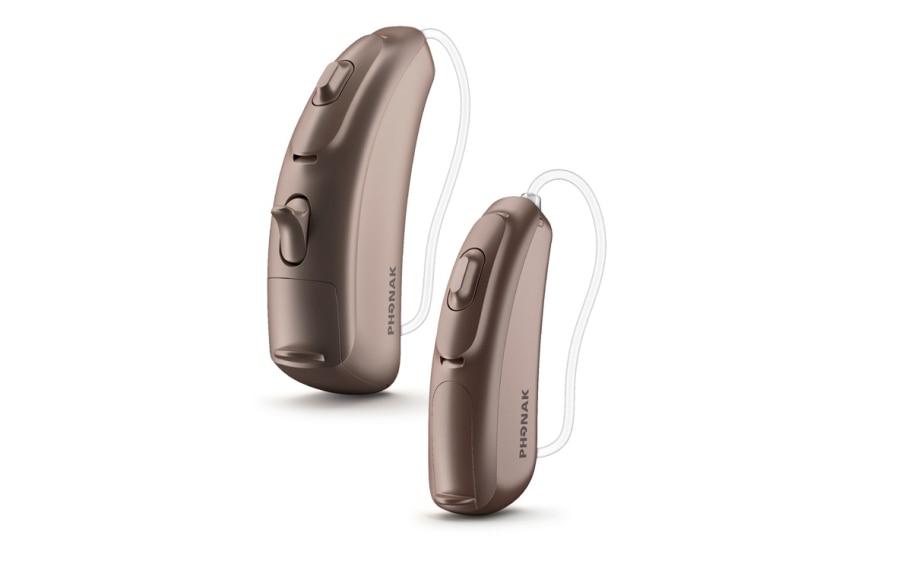
Phonak CROS™ B is the wireless CROS device based on Phonak Belong technology.
1 Ross, D.S., Visser, S.N., Holstrum, W.J., Qin, T, & Kenneson, A. (2010). Highly variable population-based prevalence rates of unilateral hearing loss after the application of common case definitions. Ear and Hearing. 31(1): 126-133. https://doi.org/10.1097/AUD.0b013e3181bb69db
2 Central Intelligence Agency. (2017). The World Factbook. https://www.cia.gov/library/publications/the-world-factbook/geos/ch.html, accessed May 23rd, 2018.
3 Bess, F.H. & Tharpe, A.M. (1986). Case history data on unilaterally hearing-impaired children. Ear and Hearing, 7, 14-19.
4 Oyler, R.F., Oyler, A.L., & Matkin, N.D. (1988). Unilateral hearing loss: demographics and educational impact. Language, Speech, and Hearing Services in Schools. 19, 201–210. https://doi.org/10.1044/0161-1461.1902.201
5 Prieve, B., Dalzell, L., Berg, A., Bradley, M., Cacace, A., Campbell, D. , DeCristofaro, J., Gravel, J., Greenberg, E., Gross, S., Orlando, M., Pinheiro, J., Regan, J., Spivak, L., & Stevens, F. (2000). The New York State universal newborn hearing screening demonstration project: Outpatient outcome measures. Ear and Hearing, 21 (2), 104–117.
6 Bess, F. H., Dodd-Murphy, J., & Parker, R. A. (1998). Children with minimal sensorineural hearing loss: prevalence, educational performance, and functional status. Ear and Hearing, 19(5), 339–354.
7 Bagatto, M., DesGeorges, J., King, A., Kitterick, P., Laurnagaray, D., Lewis, S.,…Tharpe, A.M. (2018). Quick Practice Guideline - Tools and considerations for assessing and managing unilateral hearing loss in children. Retrieved from www.phonakpro.com/evidence, accessed May 23rd, 2018.